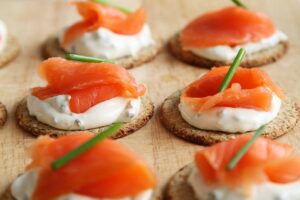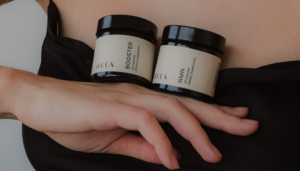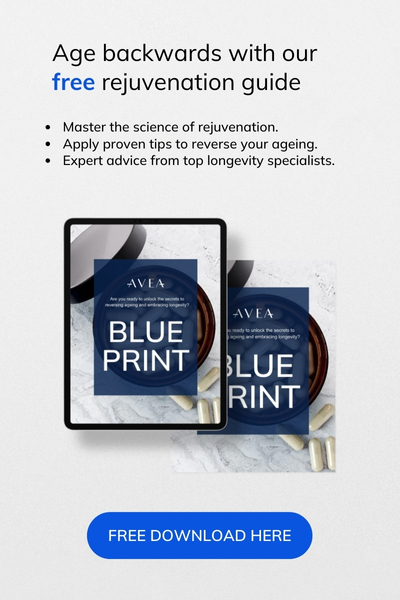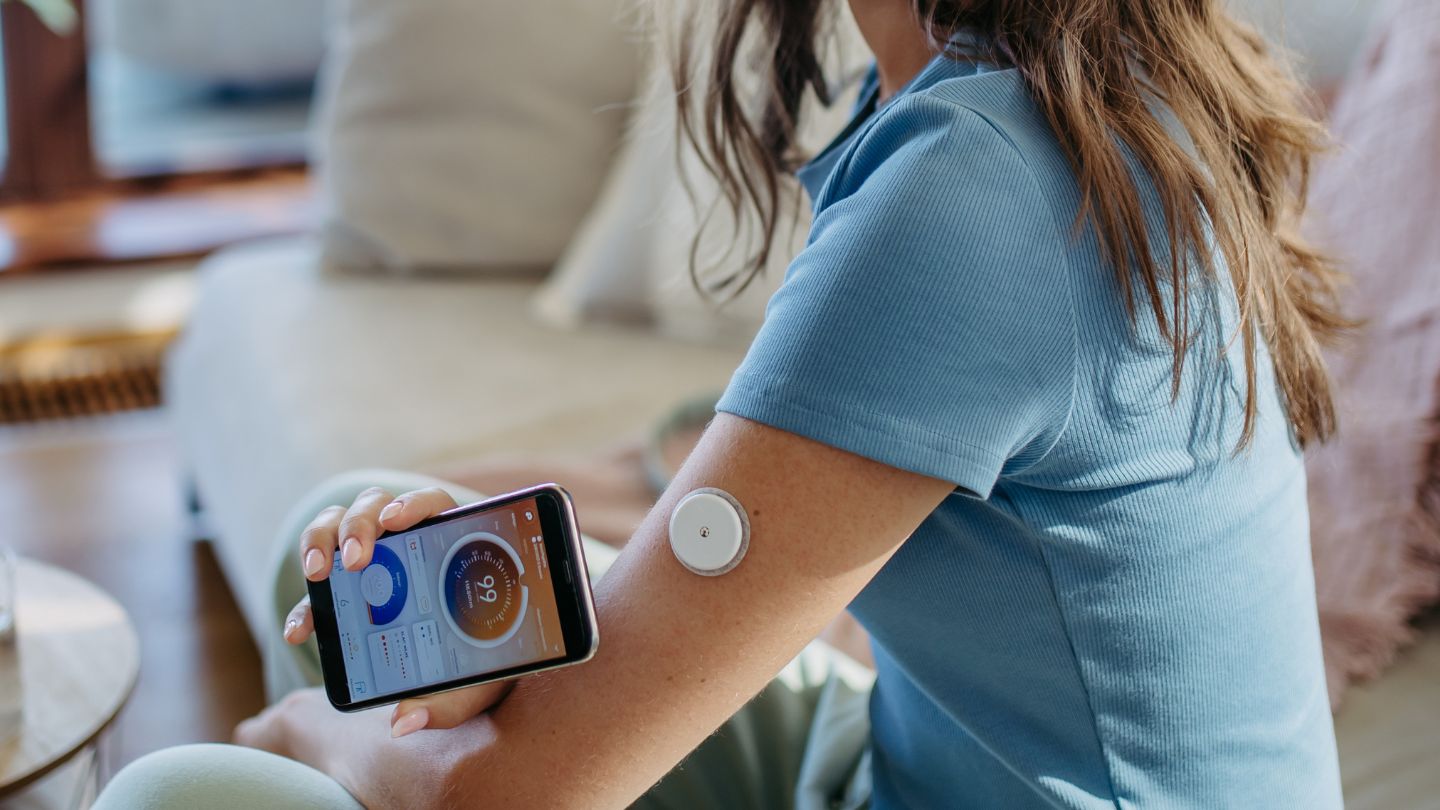In my previous article, I shared my experience with Avea’s NMN & Booster supplements, particularly what happened when I stopped taking them for one month after over two years of continuous use.
The results were clear: my energy levels dropped, my immune system faltered, and waking up in the morning became a challenge. If you missed it, you can read the full story here.
Disclaimer: Please note that this is a personal experiment where I am my own control (n=1). This is not an actual scientific study, and individual results may vary.
Now, I want to take you through the next phase of my experiment, where I restarted the NMN and Booster regimen and tracked my NAD+ levels with a simple, at-home dried blood spot test over an 8-week period.
In this article
FREE healthy ageing guide
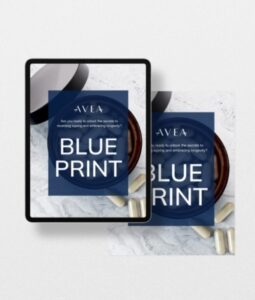
- Master the science of rejuvenation.
- Apply proven tips to turn back the clock.
- Transform your health with top longevity experts.
What did I do?
After a month of no NMN and Booster supplementation (the “washout” period), I began taking 250mg of NMN alongside one Booster capsule daily for 4 weeks. Following that, I increased my NMN dosage to 500mg per day for another 4 weeks while continuing with the Booster.
To track my NAD+ levels, I used a dried blood spot test (finger prick) and measured my NAD+ baseline by testing three days in a row before starting the supplements again. I then tested my NAD+ levels weekly for 8 weeks: 4 weeks at 250mg and 4 weeks at 500mg.
I made sure to take the supplements every morning before breakfast, without missing a single day. Within about two weeks of restarting NMN and Booster supplementation, I noticed that the energy and ease of waking up I had enjoyed before the washout period started to return.
My reliance on caffeine diminished, and my overall resilience improved, reflected by better recovery and higher Heart Rate Variability (HRV).
What is NAD+ and why does it matter? A little recap
Nicotinamide adenine dinucleotide (NAD+) is a critical coenzyme found in every cell of the body. It plays a key role in various biological processes, most notably energy production and DNA repair.
NAD+ is required for cellular metabolism, as it helps convert nutrients from food into energy that powers the cells [1].
Besides, it activates enzymes called sirtuins, which are involved in regulating longevity, inflammation, and stress responses.
Benefits of raising NAD+ levels:
- Energy production: NAD+ is essential for cellular respiration, the process by which your cells create energy (ATP). By raising NAD+ levels, you help your cells produce more energy, which can lead to improved vitality and stamina.
- DNA repair: NAD+ activates enzymes like PARPs that repair DNA damage, which is crucial as DNA damage accumulates with age. Ensuring adequate NAD+ levels helps your body maintain cellular integrity and resilience.
- Mitochondrial health: Healthy NAD+ levels are linked to better mitochondrial function. Mitochondria are the powerhouses of the cell, and optimal function can help delay ageing and improve physical endurance.
- Cognitive function: Studies suggest that higher NAD+ levels can support brain health, improving cognitive function and protecting against neurodegenerative conditions by promoting neuronal survival.
- Metabolic health: NAD+ plays a role in regulating insulin sensitivity and metabolism. Higher NAD+ levels may help manage blood sugar levels and support metabolic health.
- Healthy ageing and longevity: NAD+ activates sirtuins, often referred to as “longevity genes,” which help regulate stress responses, inflammation, and cellular repair, all contributing to longer, healthier life spans.
Baseline: NAD+ levels after the washout
Here are the results from my NAD+ testing:
- Baseline (no supplementation): After a month of no supplementation, my average NAD+ level was 15.4 µM.
It’s possible that my levels were slightly lower than usual, as I had just recovered from a cold, which can temporarily impact NAD+ levels.
However, the subsequent rise in levels when I resumed supplementation shows the benefits of NMN and Booster in maintaining healthy NAD+ levels.
First month at 250mg NMN + Booster
After starting supplementation again with 250mg of NMN, I felt a noticeable improvement around the second week. I found it easier to wake up in the morning, and my energy levels increased significantly.
By the third week, my NAD+ levels peaked at 20.7 µM, and over the 4-week period, they averaged 20.4 µM. My workouts improved, and my Heart Rate Variability (HRV)—a sign of resilience and recovery—was consistently higher again.
Second month at 500mg NMN + Booster
When I increased my dosage to 500mg of NMN, my NAD+ levels spiked even further, reaching 35.2 µM by the second week of the higher dosage.
Over the 4 weeks, my NAD+ levels averaged 31.3 µM, providing me with an extra boost in both energy and focus, especially during times of higher physical or mental stress.
I found this higher dosage particularly helpful during demanding times and when traveling.
At Baseline (Week 0), my NAD+ level started at 15.4 µM after a month of no supplementation and recent recovery from a cold, which may have temporarily lowered NAD+ levels.
During Weeks 1-4 (250mg daily), my NAD+ levels rose quickly after the first week to around 20 µM and then remained stable for the next three weeks.
In Weeks 5-8 (500mg daily), after increasing the dosage to 500mg daily, NAD+ levels spiked, peaking at 35.2 µM by Week 5. The fluctuations in the following weeks may be due to lifestyle factors such as exercise, stress, recovery or sleep patterns, all of which can influence NAD+ levels.
What do healthy NAD+ levels look like?
Research has shown that NAD+ levels decline with age, but the extent of this decline depends on several factors, including gender and lifestyle.
Here’s a breakdown based on current scientific understanding:
Healthy NAD+ levels by age group and gender (whole blood)
- Young adults (20-40 years):
- Males: 28-34 µmol/L
- Females: 24-31 µmol/L
- Middle-aged adults (40-60 years):
- Males: 20-28 µmol/L
- Females: 19-27 µmol/L
- Older adults (60+ years):
- Males: 15-20 µmol/L
- Females: 14-19 µmol/L.
For reference, the dried blood spot test provider I used provided a healthy range of 10-28 µmol/L for men and 8.8-24.4 µmol/L for women.
It’s essential to note that results from dried blood spot tests may be slightly lower than whole blood tests but still offer a reliable insight into overall NAD+ health [2].
NAD+ ranges provided by the test provider:
Why NAD+ fluctuates: what doesn’t help
NAD+ levels are influenced by various factors, including alcohol consumption, lack of sleep, stress, and viral infections, all of which can deplete NAD+ stores.
High UV exposure has also been shown to damage skin cells, which may deplete NAD+ as it is used to repair cellular damage.
Testing at the same time of day is important because NAD+ levels fluctuate throughout the day; morning tests can show slightly different values than evening tests, for example.
The importance of taking multiple tests
It’s important to take multiple tests over time to get an accurate picture of your NAD+ levels.
One test might reflect temporary fluctuations, but tracking levels over a period gives a more reliable view of your NAD+ status.
My experiment highlights how NAD+ levels rose and stabilised after supplementation, offering insight into how the NMN and Booster combo affected my results.
NMN: a direct precursor to NAD+
NMN (Nicotinamide Mononucleotide) is a direct precursor to NAD+, meaning it’s converted into NAD+ inside your cells through a pathway called the salvage pathway.
Once inside the cell, NMN is transformed into NAD+, which plays a key role in energy production, DNA repair, and cellular health. Supplementing with NMN ensures that your cells have enough raw material to produce the NAD+ they need to function optimally.
The Booster-NMN Combo: why it works
The combination of NMN and Booster is a powerful duo for maintaining healthy NAD+ levels. Here’s how each of the six key ingredients in Booster plays a role:
- Resveratrol: Activates enzymes like AMPK and NAMPT, which help boost NAD+ levels.
- Pterostilbene: Similar to resveratrol but more bioavailable, it enhances NAD+ levels by supporting cellular repair.
- Ubiquinol (CoQ10): Supports mitochondrial function, improving energy production in cells, and indirectly helps maintain NAD+ regeneration.
- Apigenin: Helps reduce the activity of CD38, an enzyme that consumes NAD+, thereby preserving NAD+ levels.
- Nicotinamide (Vitamin B3): Provides raw materials for NAD+ production through the salvage pathway.
- Betaine: Protects against cellular stress and aids in methylation, which supports overall NAD+ metabolism.
Together, these ingredients amplify the benefits of NMN, helping to boost and maintain higher NAD+ levels in the body [3].
Boost your NAD+ levels
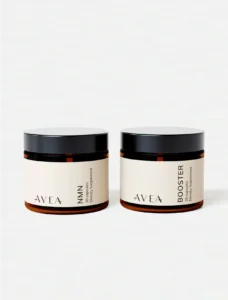
- All-star longevity ingredients like NMN, Resveratrol, CoQ10, and more.
- Promote healthier ageing at the cellular level.
- Maximise your energy production.
- Improve your mental clarity and focus.
What else helps with NAD+?
Beyond supplementation, there are several lifestyle interventions that can help boost and maintain NAD+ levels:
- Quality sleep:NAD+ is linked to your circadian rhythm, which regulates sleep. Quality sleep helps maintain NAD+ levels, supporting energy metabolism and DNA repair [4]. Learn how to build the best sleep routine here.
- Fasting and caloric restriction: These methods activate pathways that help preserve NAD+ by supporting mitochondrial health and reducing oxidative stress. Discover the science behind fasting.
- Regular exercise: Physical activity increases NAD+ production, activating longevity-related pathways like sirtuins and AMPK. Learn how to exercise for longevity.
- Low-sugar diet: Reducing sugar intake and maintaining low glucose availability can increase NAD+ by enhancing energy metabolism and improving mitochondrial function. Check out the ultimate sugar detox guide here.
- Sauna or heat exposure: Heat therapy, such as using a sauna or taking a hot bath, activates heat shock proteins that protect cellular health and help maintain NAD+ levels by preventing protein damage and promoting cellular repair.
Reverse your age by 6.5 years like Ibrahim
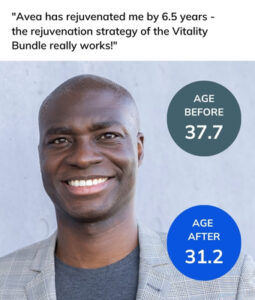
- Explore the secrets behind Ibrahim’s transformation.
- Discover simple, proven strategies to improve vitality.
- Understand the role of supplements in reversing biological age.
Key takeaway: my NAD+ journey
After completing this 8-week experiment, I’ve decided to start taking 500mg of NMN daily, as I’ve seen great results at this dosage and feel it’s the right amount for me, having just turned 35.
I’m a mum of a very energetic 4-year-old and co-founder of Avea, so 500mg seems right for me at this point in my life. However, that’s my choice, and everyone’s needs are different.
With 250mg, I already experienced a noticeable improvement in energy and focus and saw my NAD+ levels increase. However, when I increased the dosage to 500mg, I saw a more significant boost in both my NAD+ levels and overall well-being, particularly during times of stress or higher demand.
Remember, NAD+ is just one piece of the puzzle when it comes to longevity—it’s important, but it works best in combination with other healthy habits.
If you’re thinking of starting NMN, I recommend beginning with 250mg and seeing how you feel. If you don’t notice an effect after 3 months, you can try increasing the dose.
But you do not need to start with a high dosage. Remember, patience and consistency are key—just like with any new health habit. It takes time, and sticking to a routine is essential.
If testing your NAD+ levels is available to you, it can be an interesting insight into how your body is responding, but it’s not necessary to see results.
Whether you’re focusing on diet, lifestyle, or supplements, what’s important is finding what works best for you.
Disclaimer: I’m not a medical doctor, and this is based on my own experience. Please consult with your healthcare provider before starting any new supplement if you have underlying health conditions or are taking other medications.
References



